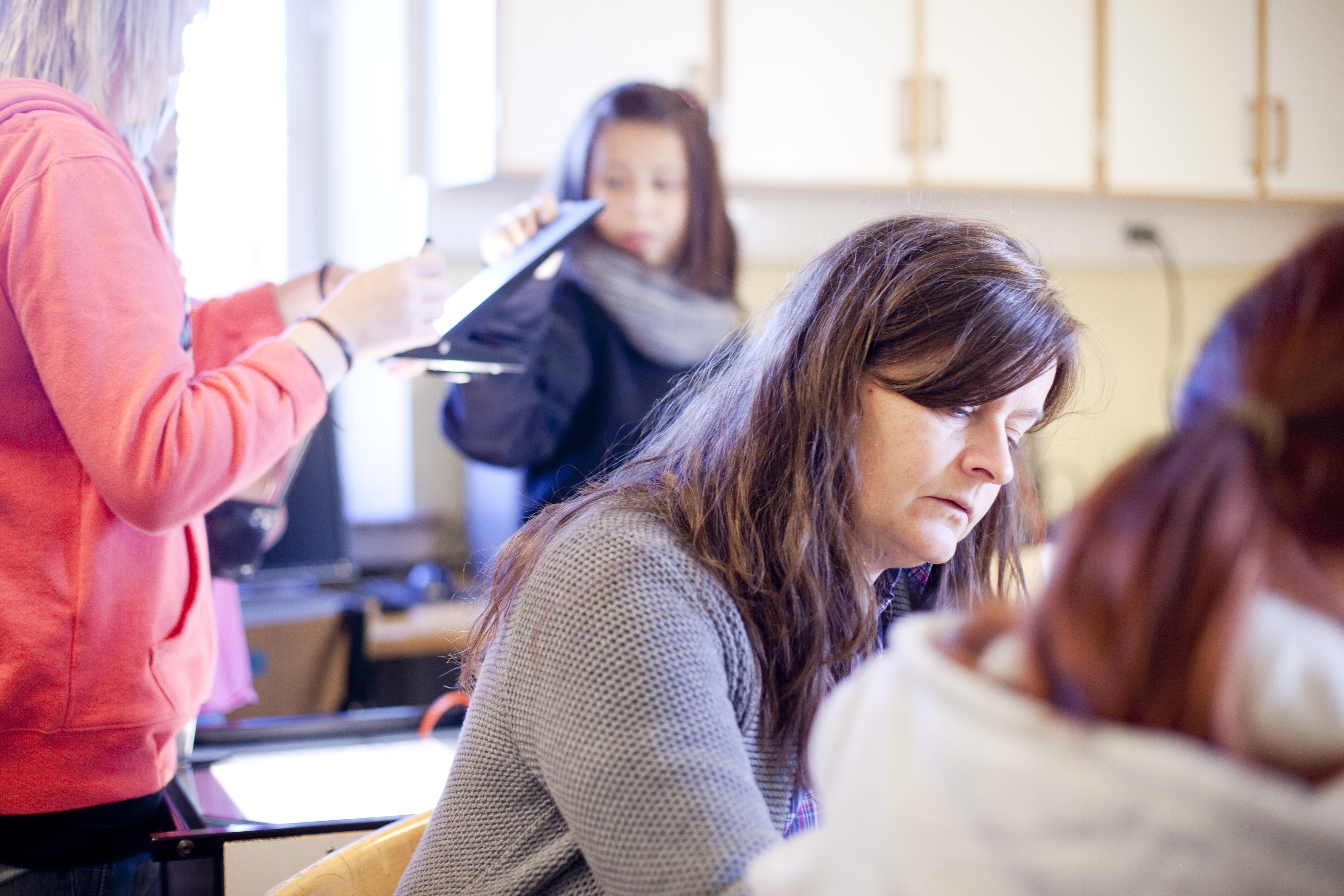Lärarstudenters strategier för att hantera känslomässiga utmaningar
DOI:
https://doi.org/10.3384/venue.2001-788X.1701Keywords:
forskning, strategier, utmaningarAbstract
I ett forskningsprojekt har jag arbetet med att undersöka vad lärarstudenter identifierar som känslomässiga utmaningar under utbildningen. Studierna i projektet har också studerat vilka strategier lärarstudenter använder för att hantera dessa utmaningar. Lärarstudenter beskriver hur känslor av professionell otillräcklighet uppstår under utbildningen, främst under verksamhetsförlagd utbildning. Detta hanterar studenterna genom att använda strategier som innebär att antingen acceptera att inget kan förändras eller att skjuta fram lärande till dess att de börjar arbeta.
Full-text of the article is available for this locale: Svenska.
References
Caspersen, J., & Raaen, F. D. (2014). Novice teachers and how they cope. Teachers and Teaching: Theory and Practice, 20, 189-211.
Friend, M., Cook, L., Hurley-Chamberlain, D. & Shamberger, C. (2010). Co-Teaching: An illustration of the Complexity of Collaboration in Special Education. Journal of Educational and Psychological Consultation, 20, 9-27.
Hargreaves, A. (1998). The emotional practice of teaching. Teaching and Teacher Education, 14, 835-854.
Hargreaves, A. (2000). Mixed emotions: Teachers' perceptions of their interactions with students. Teaching and Teacher Education, 16, 811-826.
Korthagen A.J. F. (2010). Situated learning theory and the pedagogy of teacher education: Towards an integrative view of teacher behavior and teacher learning. Teaching and Teacher Education, 26, 98–10.
Kleinsasser, R. C. (2014). Teacher efficacy in teaching and teacher education. Teaching and Teacher Education, 44, 168-179.
Lazarus, R. S., & Folkman, S. (1984). Stress, appraisal and coping. New York: Springer.
Lindqvist, H., Weurlander, M., Wernerson, A., & Thornberg, R. (2017). Resolving feelings of professional inadequacy: Student teachers’ coping with distressful situations. Teaching and Teacher Education, 64, 270-279.
Malderez, A., Hobson, A. J., Tracey, L., & Kerr, K. (2007). Becoming a student teacher: Core features of the experience. European Journal of Teacher Education, 30, 225-248.
Rannström, A. (1995). Lärarstuderandes föreställningar om sin kommande yrkeskunskap. Linköpings universitet.
Ross, J. A. (2013). Teacher efficacy. In J. Hattie, & E. M. Andersman (Eds.), International guide to student achievement (pp. 266-267). New York: Routledge.
Struyven, K., & Vanthournout, G. (2014). Teachers’ exit decisions: An investigation into the reasons why newly qualified teachers fail to enter the teaching profession or why those who do enter do not continue teaching. Teaching and Teacher Education, 43, 37–45.
Sundqvist, C. (2014). Den samarbetande läraren: lärarhandledning och samundervisning i skolan. Lund: Studentlitteratur.
Timostsuk, I., & Ugaste, A. (2012). The role of emotions in student teachers’ professional identity. European Journal of Teacher Education, 35, 421–433.

Downloads
Published
How to Cite
License
Copyright (c) 2020 Henrik Lindqvist

This work is licensed under a Creative Commons Attribution-NonCommercial 4.0 International License.
 Unless otherwise stated, works from 2019 are licensed under a Creative Commons Attribution-NonCommercial 4.0 International License.
Unless otherwise stated, works from 2019 are licensed under a Creative Commons Attribution-NonCommercial 4.0 International License.




